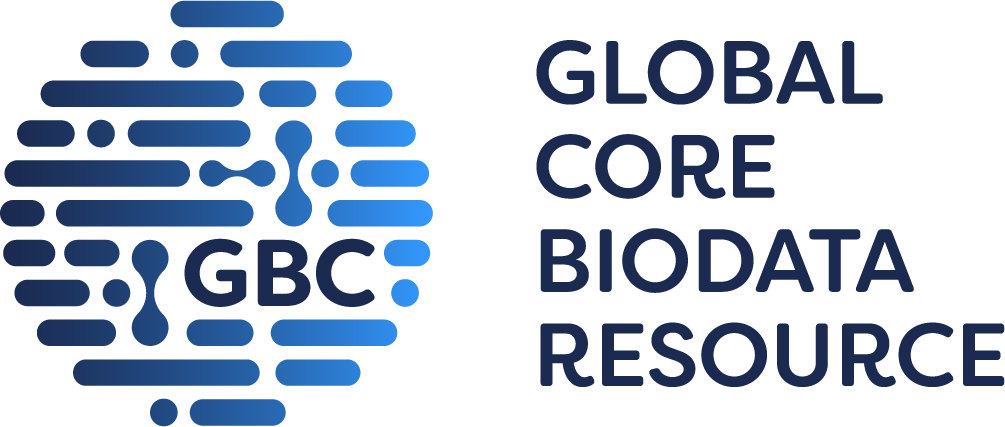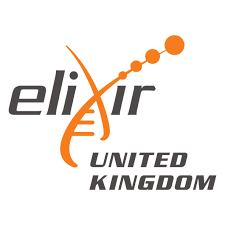
ningetinib [Ligand Id: 11624] activity data from GtoPdb and ChEMBL
Click here for a description of the charts and data table
Please tell us if you are using this feature and what you think!
| ChEMBL ligand: CHEMBL3984441 (CT-053 FREE BASE, CT-053-PTSA FREE BASE, CT053PTSA FREE BASE, Ningetinib) |
|---|
There should be some charts here, you may need to enable JavaScript!
|
There should be some charts here, you may need to enable JavaScript!
|
There should be some charts here, you may need to enable JavaScript!
|
| DB | Assay description | Assay Type | Standard value | Standard parameter | Original value | Original units | Original parameter | Reference |
|---|---|---|---|---|---|---|---|---|
| MET proto-oncogene, receptor tyrosine kinase/Hepatocyte growth factor receptor in Human (target type: SINGLE PROTEIN) [ChEMBL: CHEMBL3717] [GtoPdb: 1815] [UniProtKB: P08581] | ||||||||
| ChEMBL | Inhibition of MET (unknown origin) | B | 7.17 | pIC50 | 68 | nM | IC50 | J Med Chem (2023) 66: 7670-7697 [PMID:37262349] |
| GtoPdb | - | - | 7.72 | pIC50 | 19 | nM | IC50 | US9133162B2. Substituted quinoline compounds and methods of use (2015) |
| ChEMBL | Kinase Assay: Met (h) is incubated with 8 mM MOPS pH 7.0, 0.2 mM EDTA, 250 μM KKKSPGEYVNIEFG, 10 mM MgAcetate and [γ-33P-ATP] (specific activity approx. 500 cpm/pmol, concentration as required). The reaction is initiated by the addition of the MgATP mix. After incubation for 40 minutes at room temperature, the reaction is stopped by the addition of 3% phosphoric acid solution. 10 μL of the reaction is then spotted onto a P30 filtermat and washed three times for 5 minutes in 75 mM phosphoric acid and once in methanol prior to drying and scintillation counting. | B | 7.72 | pIC50 | 19 | nM | IC50 | US-9133162-B2. Substituted quinoline compounds and methods of use (2015) |
| AXL receptor tyrosine kinase/Tyrosine-protein kinase receptor UFO in Human (target type: SINGLE PROTEIN) [ChEMBL: CHEMBL4895] [GtoPdb: 1835] [UniProtKB: P30530] | ||||||||
| ChEMBL | Kinase Assay: Axl (h) is incubated with 8 mM MOPS pH 7.0, 0.2 mM EDTA, 250 μM KKSRGDYMTMQIG, 10 mM MgAcetate and [γ-33P-ATP] (specific activity approx. 500 cpm/pmol, concentration as required). The reaction is initiated by the addition of the MgATP mix. After incubation for 40 minutes at room temperature, the reaction is stopped by the addition of 3% phosphoric acid solution. 10 μL of the reaction is then spotted onto a P30 filtermat and washed three times for 5 minutes in 75 mM phosphoric acid and once in methanol prior to drying and scintillation counting. | B | 7.96 | pIC50 | 11 | nM | IC50 | US-9133162-B2. Substituted quinoline compounds and methods of use (2015) |
| GtoPdb | - | - | 7.96 | pIC50 | 11 | nM | IC50 | US9133162B2. Substituted quinoline compounds and methods of use (2015) |
| kinase insert domain receptor/Vascular endothelial growth factor receptor 2 in Human (target type: SINGLE PROTEIN) [ChEMBL: CHEMBL279] [GtoPdb: 1813] [UniProtKB: P35968] | ||||||||
| GtoPdb | - | - | 7.43 | pIC50 | 37 | nM | IC50 | US9133162B2. Substituted quinoline compounds and methods of use (2015) |
| ChEMBL | Kinase Assay: KDR (h) is incubated with 8 mM MOPS pH 7.0, 0.2 mM EDTA, 0.33 mg/mL myelin basic protein, 10 mM MgAcetate and [γ-33P-ATP] (specific activity approx. 500 cpm/pmol, concentration as required). The reaction is initiated by the addition of the MgATP mix. After incubation for 40 minutes at room temperature, the reaction is stopped by the addition of 3% phosphoric acid solution. 10 μL of the reaction is then spotted onto a P30 filtermat and washed three times for 5 minutes in 75 mM phosphoric acid and once in methanol prior to drying and scintillation counting. | B | 7.43 | pIC50 | 37 | nM | IC50 | US-9133162-B2. Substituted quinoline compounds and methods of use (2015) |
ChEMBL data shown on this page come from version 35:
Zdrazil B, Felix E, Hunter F, Manners EJ, Blackshaw J, Corbett S, de Veij M, Ioannidis H, Lopez DM, Mosquera JF, Magarinos MP, Bosc N, Arcila R, Kizilören T, Gaulton A, Bento AP, Adasme MF, Monecke P, Landrum GA, Leach AR. (2024). The ChEMBL Database in 2023: a drug discovery platform spanning multiple bioactivity data types and time periods. Nucleic Acids Res., 52(D1). DOI: 10.1093/nar/gkad1004. [EPMCID:10767899] [PMID:37933841]
Davies M, Nowotka M, Papadatos G, Dedman N, Gaulton A, Atkinson F, Bellis L, Overington JP. (2015) 'ChEMBL web services: streamlining access to drug discovery data and utilities.' Nucleic Acids Res., 43(W1). DOI: 10.1093/nar/gkv352. [EPMCID:25883136]







